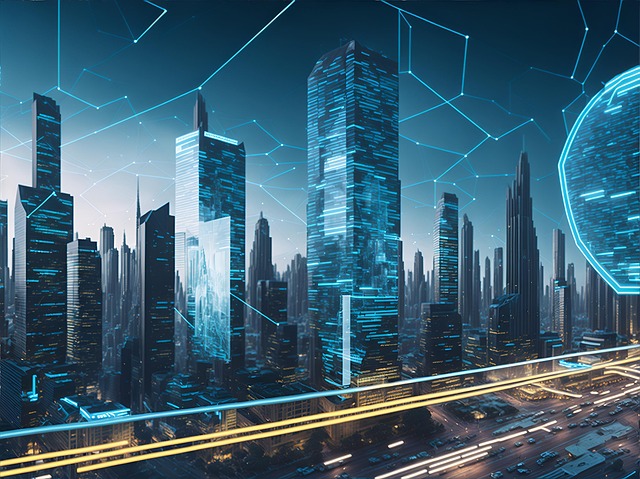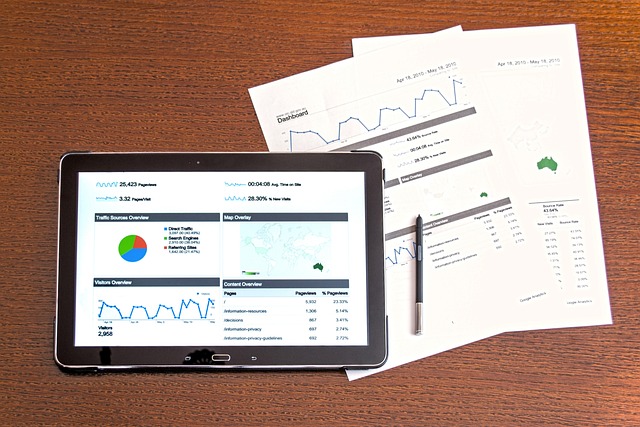AI hardscaping is revolutionizing construction with efficient, accurate, and sustainable landscape design techniques. One standout technology, AI elevation mapping via drone and computer vision, creates detailed 3D models of landscapes for precise analysis of terrain, structures, and vegetation. This enables designers to optimize surface layouts and make data-driven decisions for energy-efficient landscaping, such as identifying ideal locations for solar panels or wind turbines. Additionally, it aids in planning tailored irrigation systems based on land topography, minimizing water waste. Using drone technology and computer vision algorithms, this method streamlines construction processes, reduces waste, and facilitates the creation of sustainable outdoor spaces that minimize energy consumption.
“AI is transforming construction, and its latest application is in landscaping, known as AI hardscaping. This innovative approach leverages advanced technologies such as elevation mapping and drone-based computer vision for precise planning and execution. By optimizing surface layouts with these tools, professionals can create energy-efficient, sustainable spaces that blend functionality with aesthetics. Discover how AI hardscaping revolutionizes construction practices through detailed elevation mapping, efficient use of drones and computer vision, ultimately resulting in optimized surface layout designs.”
- AI Hardscaping: Revolutionizing Construction with Elevation Mapping
- Drone and Computer Vision: Tools for Precise Energy-Efficient Landscaping
- Surface Layout Optimization: Achieving Green and Smart Spaces
AI Hardscaping: Revolutionizing Construction with Elevation Mapping

AI hardscaping is transforming the construction industry by introducing innovative techniques that enhance efficiency, accuracy, and sustainability in landscape design and development. One cutting-edge technology that stands out is AI elevation mapping, which leverages drones and computer vision to capture detailed 3D models of landscapes. This advanced method allows for precise analysis of terrain, existing structures, and vegetation, enabling designers and architects to create optimal surface layouts.
By integrating AI elevation mapping into the construction process, professionals can make data-driven decisions that optimize energy efficiency in landscaping. The technology provides comprehensive insights into land topography, helping to identify areas suitable for solar panel installations or wind turbine placement. Moreover, it assists in planning irrigation systems that are tailored to specific terrain features, thereby minimizing water waste and promoting sustainable practices.
Drone and Computer Vision: Tools for Precise Energy-Efficient Landscaping

Drone technology, coupled with computer vision algorithms, offers a highly efficient and precise method for AI elevation mapping in landscaping projects. These advanced tools enable professionals to gain detailed insights into site topography, enabling them to design energy-efficient surface layouts. By capturing aerial imagery and processing it through specialized software, drones can identify contours, assess slopes, and determine the optimal placement of various landscape features.
Computer vision analyzes these images, extracting valuable data on terrain characteristics. This technology assists in creating detailed 3D models, allowing designers to visualize and plan landscapes with enhanced accuracy. With AI elevation mapping via drone and computer vision, construction teams can streamline their processes, reduce waste, and create sustainable outdoor spaces that minimize energy consumption.
Surface Layout Optimization: Achieving Green and Smart Spaces

Surface Layout Optimization is a key aspect of creating green and smart spaces using AI hardscaping construction techniques. By leveraging AI elevation mapping via drone and computer vision, professionals can achieve unprecedented accuracy in landscape design. This technology allows for detailed analysis of existing terrain, enabling the creation of efficient, energy-saving layouts that maximize natural light and minimize water usage.
With AI-driven insights, architects and landscapers can make informed decisions about planting patterns, hardscape materials, and irrigation systems. For instance, mapping technologies can identify areas prone to pooling or sunlight shadowing, guiding the placement of plants and hardscapes to optimize growing conditions. This results in reduced maintenance costs and enhanced environmental sustainability, transforming outdoor spaces into vibrant, low-maintenance oases that contribute to a greener future.
AI hardscaping, leveraging elevation mapping via drone and computer vision, is transforming construction and landscaping. By optimizing surface layouts through advanced technologies, we can create energy-efficient, green spaces that are both aesthetically pleasing and smartly designed. This innovative approach ensures sustainability, reduces waste, and paves the way for a future where landscapes not only enhance our environment but also contribute to its health.
